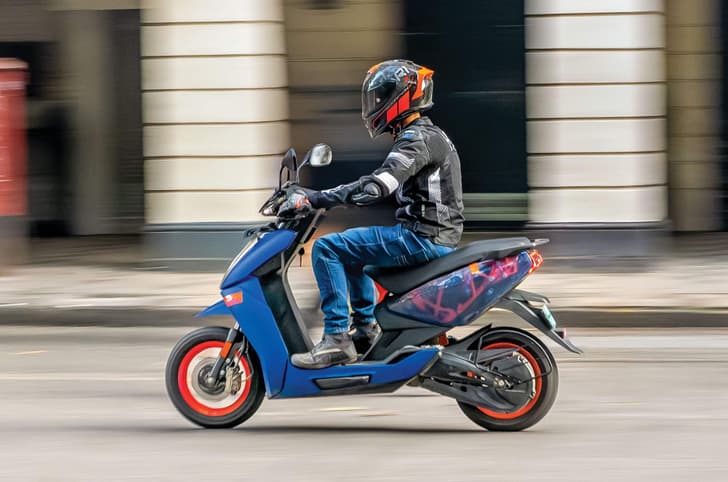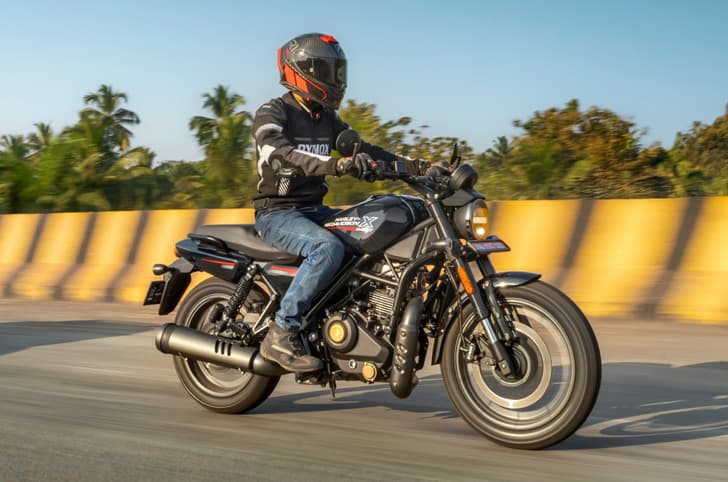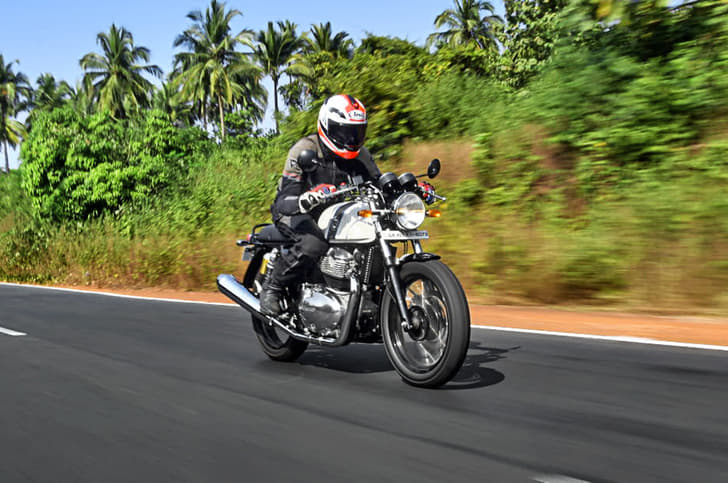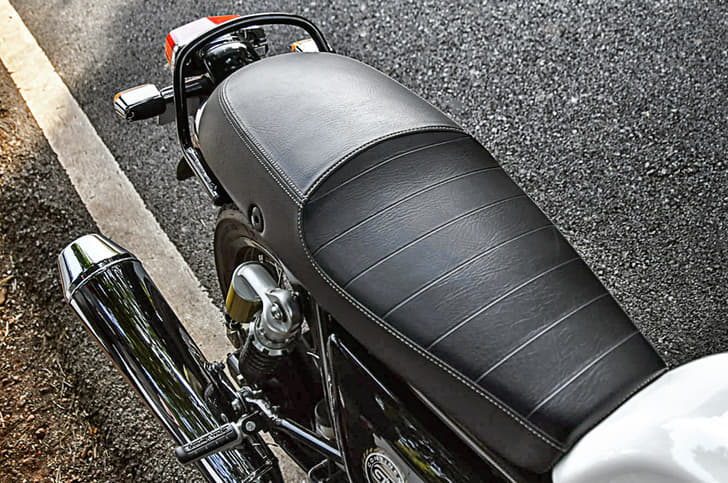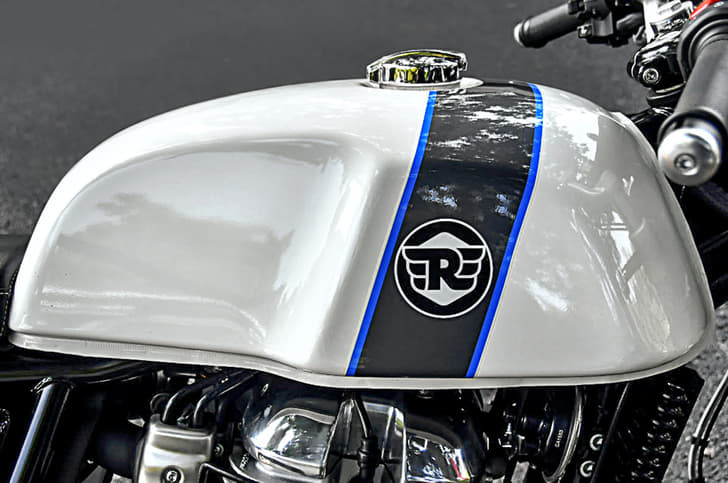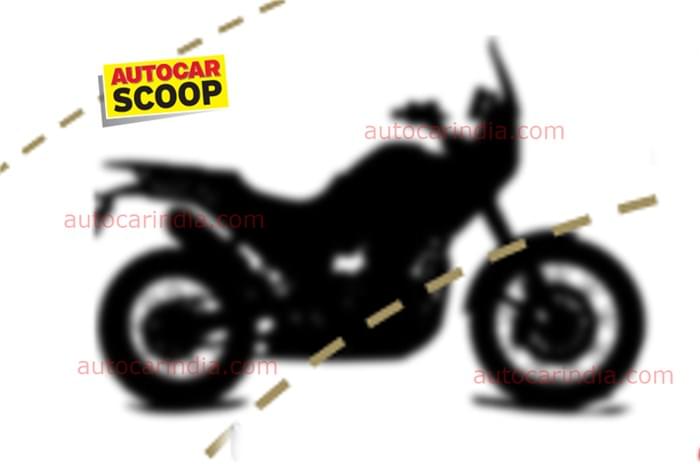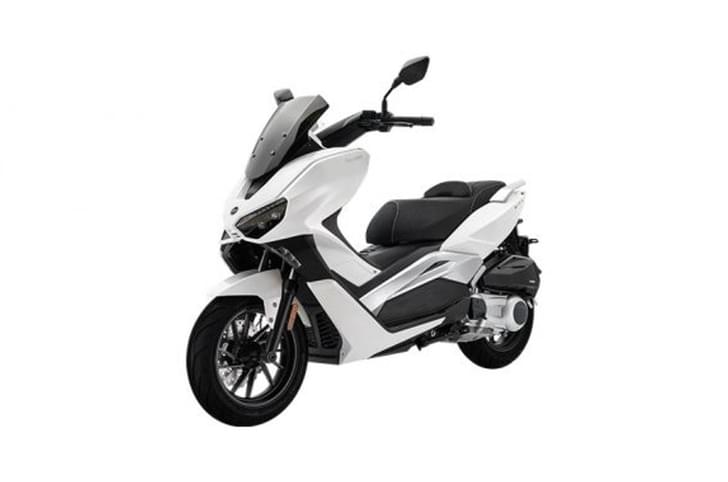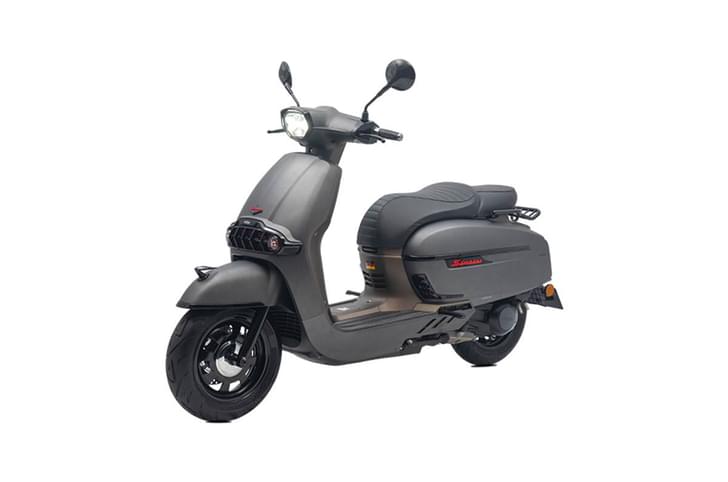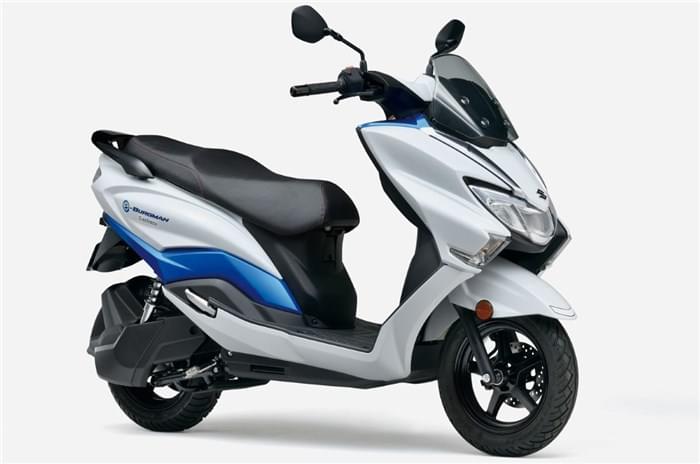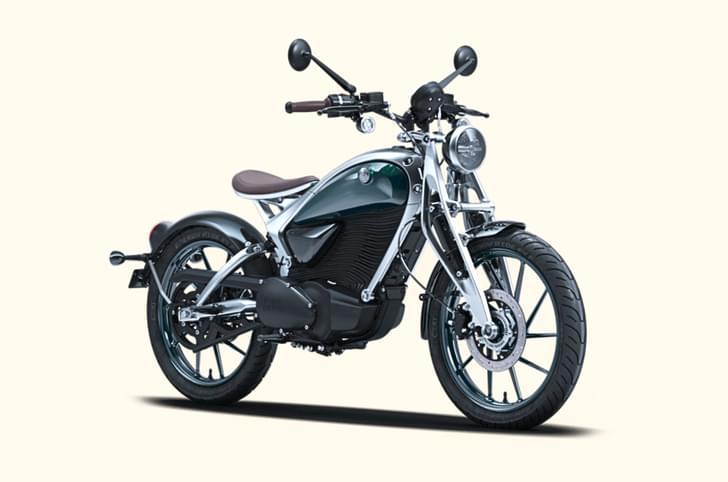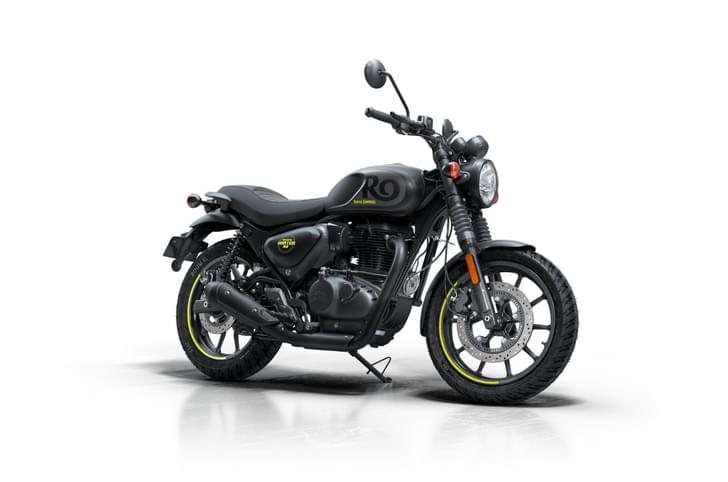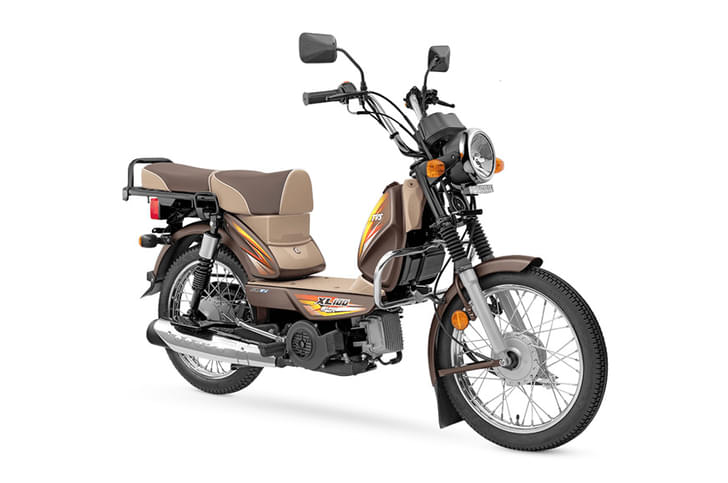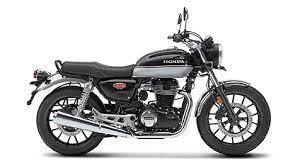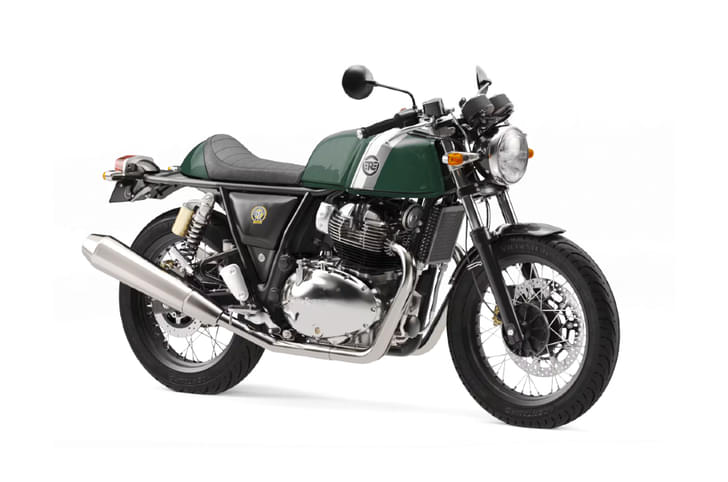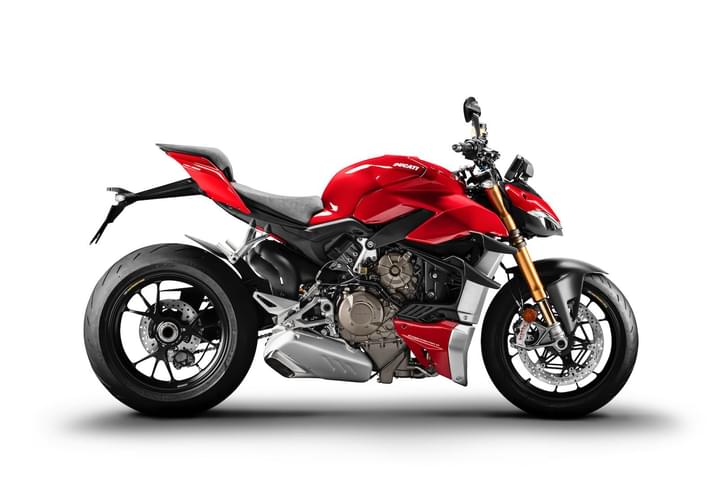The internet has been ablaze over the last few months over the topic of the new Jawas. Now, after reporting on every possible aspect of the motorcycles, apart from how they are to ride, we can finally share what they’re like away from the glare of indoor lights and out in the wild.
Eye candy
For starters, they really do look quite lovely. To quickly bring you up to speed, Jawa ‘launched’ three bikes last month, but the more powerful, bobber-style Perak won’t be ready for sale till about August 2019. The Jawa and the Jawa Forty Two, meanwhile, will reach showrooms shortly and these are the bikes you’ll be reading about here. The Jawa is a fervently faithful recreation of the original Type 353 model, and it’s instantly recognisable, right to the point that villagers on the highway in Rajasthan came up and asked when Jawa had returned. That kind of recognition of a product from people who probably have no connectivity to the internet and no real interest in new motorcycles is something I’ve never seen before.
The authenticity that leads to this comes in details like the iconic teardrop headlamp that wraps around the handlebar, a pretty chrome-sided fuel tank and dual exhausts that look like they came straight off the old bike. But some things had to change, of course, and while the curvy side panels do look similar they’ve grown in size and are now plastic instead of metal. The wheel sizes that used to be 16 inches now span 18 at the front and 17 at the rear. And most of all, the engine no longer has that unique rounded shape, but the new one really is a treat to behold, sort of like that one centrepiece that grabs the attention in a well-furnished living room.
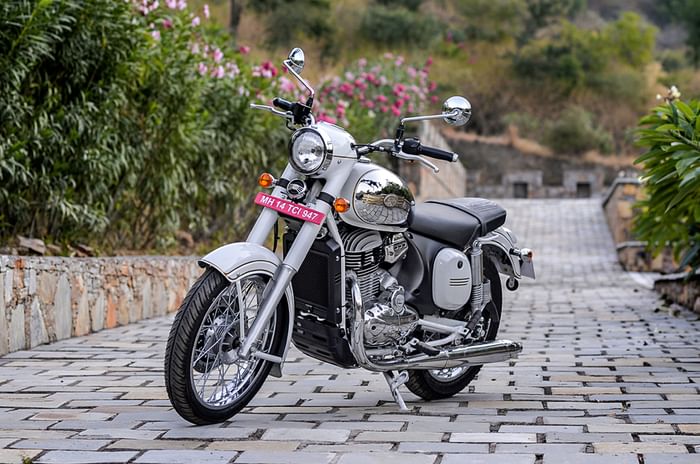
For those of you who find the Jawa a little too blindly faithful in its design approach, there’s also the Forty Two, which attempts to add a few modern touches to the theme. This comes in the form of a conventional round headlamp, an offset instrument cluster, a slightly flatter and wider handlebar, a shorter front fender and some differences in the chrome detailing across the bike. Add in some more youthful matt paint schemes and the Forty Two finds its own identity despite being otherwise identical to its sibling.
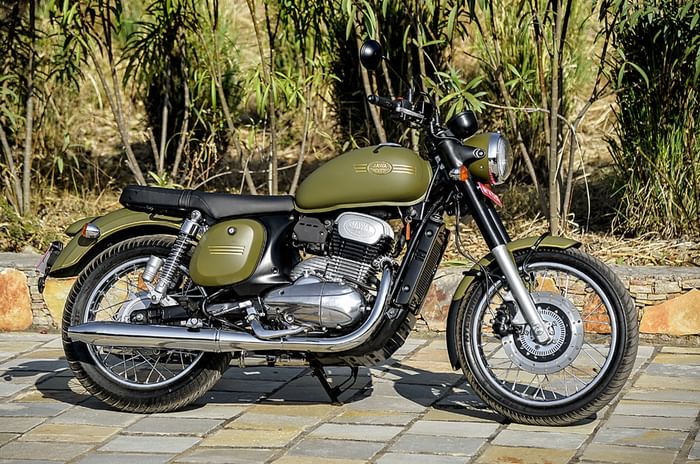
Finish levels are quite good across, but there were some areas that could use more work, in terms of quality and attention to detail. Classic Legends, the company behind the return of Jawa, assures us that the bikes we are riding are pre-production models and by the time production begins in early 2019, these issues should be sorted out. So we’ll give them the benefit of the doubt for now.
Overall, both bikes are undoubtedly lovely to look at, and while a majority seem to prefer the Jawa, the lower headlamp on the Forty Two appears more proportionate to me and the bike looks especially good in the glossy Nebula Blue paint scheme. Over the two-day ride, I also discovered that the lower numbers on the Jawa’s horizontally-set speedo are hard to read from the rider’s point of view, an issue the Forty Two with its inclined instruments does not have.
Mojo rising
It’s common knowledge by now that the Jawa’s 295cc, liquid-cooled, four-valve DOHC motor started life as a Mojo engine. But it has been heavily reworked, beyond the pretty outer skin. Classic Legends roped in famed engine designer Ampelio Macchi who is famed for his race engines. Macchi has been on the technical teams behind 51 world-championship-winning engines across multiple forms of racing with brand like Cagiva, Aprilia and Husqvarna. He was also instrumental behind the rebirth of Italian brand SWM, but he has since moved on.
This engine was a completely new challenge for Macchi, and where his previous focus was always on top-end power, Classic Legends presented him the task of moving the power and torque curves far towards the left of the graph – low-end and mid-range performance was the absolute priority here. The bigger challenge was that Classic Legends wanted the engine to have the iconic dual-exhaust ports and after comprehensive design work, Macchi was able to create a system where two pipes emerge from the engine, merge into a collector box underneath and the once more split into two exhausts. This visual target of two pipes sprouting out of the engine (as with the old bike) was key for the company, and while they won’t say it, I do suspect this is a case where form rules over function.
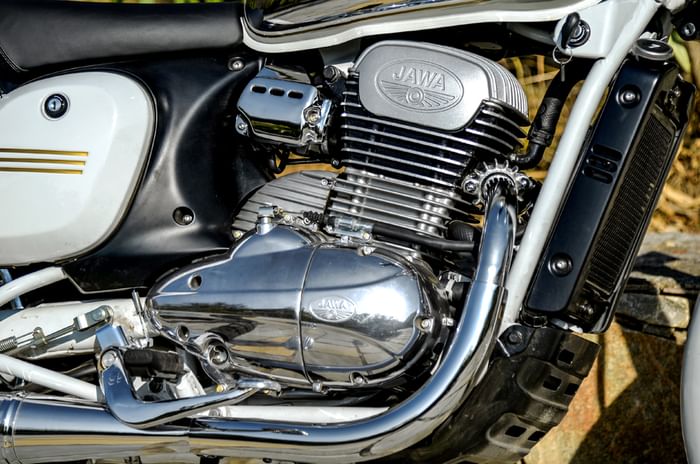
The engine also gets redesigned cam profiles and new valves among other changes and the results are easy to see. Peak torque arrives at 5,500rpm, but where the Jawa engine runs out of revs at around 7,500rpm, the Mojo hasn’t even produced its peak power yet, which arrives at 8,000rpm. On the road, this results in a remarkably flat torque delivery, with almost no noticeable surge of top-end power. Low-end and mid-range performance is smooth and punchy enough to work with in most cases.
The engine remains reasonable smooth at low and mid rpms, with just a mild tingle coming through the foot pegs and bar. But when you chase the redline, things do get a bit more vibey and harsh. Still, it’s not even a comparison to the intended competition in this regard. Throttle response is mellow and well judged in most scenarios, but I noticed a hesitation on both bikes I rode while accelerating away from a partially open throttle at low revs. This isn’t something I’m too worried about – a little more time for the engineers with a laptop connected to the bike should sort it out.
Performance is certainly brisk, and if you find a long enough road, the Jawas will top out at about 135kph. This is a fair bit lower than the Mojo’s top speed and it comes as result of the new engine character as well as a reworked final drive ratio that favours rideability over top-end speed. If my memory serves me right, the Mojo’s engine does feel a little smoother and faster overall, and we’ll look out to confirm that once we get the bike for a full review early next year.
Sound of music?
What many are keen to know about is what the bike sounds like. Of course, the iconic two-stroke music of the old bike is impossible to recreate, but the new Jawas offers a nice and deep note that’s easy to like. We’ve noticed a lot of negative feedback from our walk-around videos of the bike’s sound, but I don’t think the videos do it justice and the bike sounds quite nice in person. It’s quite similar to the Mojo in this respect, but Classic Legends has revealed that they’ve designed the pipes such that the decibel killer inside can be moved forward or back, for more or less volume, by using a special tool. It can also be removed altogether, but I suspect that will attract undue attention from the authorities. That said, we’re given to understand that a lot of the sound deadening takes place in the cat-con box under the engine before the two exhaust pipes, so removing the DB killer entirely may not get annoyingly loud after all.
Frame of mind
Classic Legends started with a clean sheet for the frame and what they came up with was a double-cradle frame with a lazy 28-degree rake angle at the front telescopic fork while dual shocks handle duties at the rear.
On the road, the bike feels easy and quite nimble, which comes as a pleasant surprise considering that steering angle. What also took me by surprise was the suspension set up, because the bikes are on the firm side, but without falling into the zone of harshness or discomfort. Bad roads are handled well, and there's plenty of ground clearance. What does tend to make things uncomfortable is that there's very thin padding on the seat and the metal below becomes apparent quite quickly. On long stretches of bumpy roads, this can get rather painful, so the seat is one area that needs addressing.

When you find winding roads, the Jawas pull a treat with light and accurate handling that's quite a lot of fun. On these roads, we never encountered any cornering clearance issues and the MRF Nylogrip tyres are competent partners in the pursuit of some fun when the mood arises. Stability also deserves a mention and the bike feels planted in most situations, and never gets heavy or lazy to steer. Jawa enthusiasts will also be happy to know that the bike is quite game to take on a bit of a thrash off-road as well.
All of the above holds true for both motorcycles and they feel almost identical to ride, with the only difference being a slightly more commanding riding position on the Forty Two that has your arms stretched a little forward and spread just a bit wider.
This friendly handling characteristic is well in line with the original Jawa DNA, but what has improved massively is the braking performance. The new bike attempts to address its ancestors’ weak brakes, with a 280mm disc up front, single-channel ABS and a drum at the rear. Happily, there are no issues in the braking department anymore and the bike stops well. The rear drum works decently well too and is easy to modulate, but at this price it's completely reasonable to be disappointed by the lack of a rear disc brake.
A new dawn?
The Jawas really do aim to offer a pure and simple riding experience and that's fine, but there are some things that could have been better. The meters, for example, only show speed, fuel and odo information and I'd like to have had at least a trip meter. Further still, there's no side-stand-down indicator or engine cut off when the side stand is down and first gear is selected.
Nevertheless, these bikes are a great first effort for a brand-new company and most of the issues we found are relatively minor ones that should be ironed out with time and process control. I do think that the price is a little too high, but that doesn't seem to be having any effect on the massive interest these bikes have generated.
The first of the Jawa dealerships should open any day now in Pune and more will follow soon, with 64 of the 105 appointed dealerships already under development. Test rides will be available shortly, but we’re told that actual deliveries will only start in the first quarter of next year.
Classic Legends still has an enormous uphill task ahead in terms of proving long-term reliability and creating a premium customer experience to match the competition. But from our first impression, we can tell you that the company has done a commendable job of building a modern motorcycle that retains the identity and soul of the original.
Update: After this review was published, Classic Legends went on to announce that it will also be offering the Jawa and the Forty Two with a rear disc brake and dual-channel ABS. These variants will be sold at Rs 1.73 lakh for the Jawa and Rs 1.64 lakh (ex-showroom Delhi) for the Forty Two. The rear drum variants that we have reviewed above will continue to be offered as well. For those who have already booked their bikes, the booking can be updated to opt for the rear disc variants.
In other news, Classic Legends has also announced that the both Jawas are sold out till September 2019. You can click HERE to read more on this.








